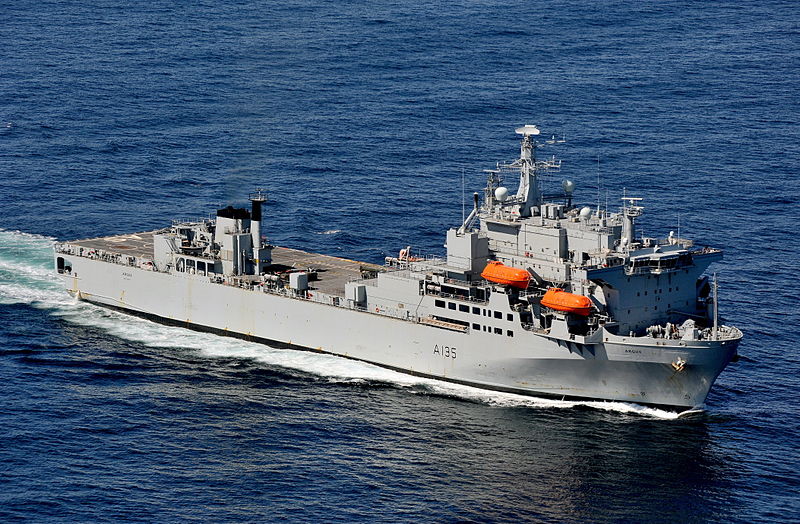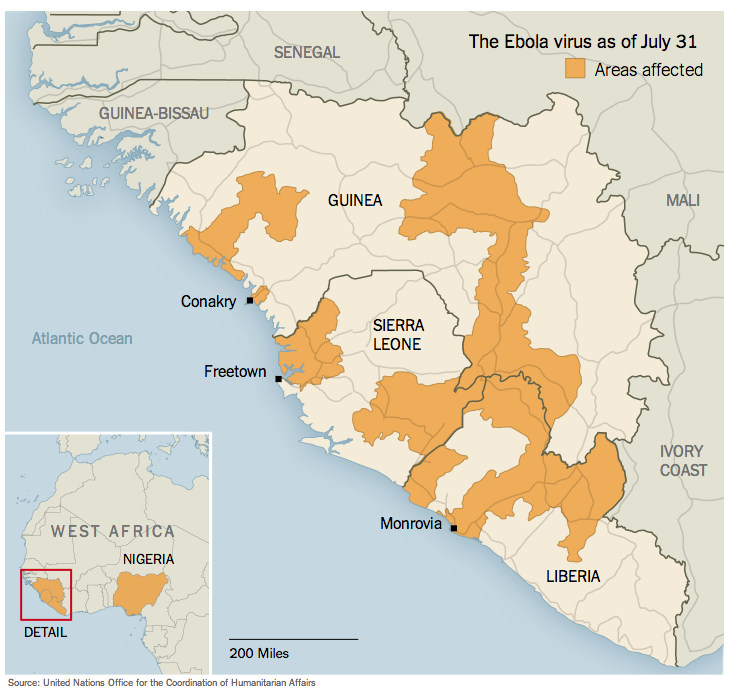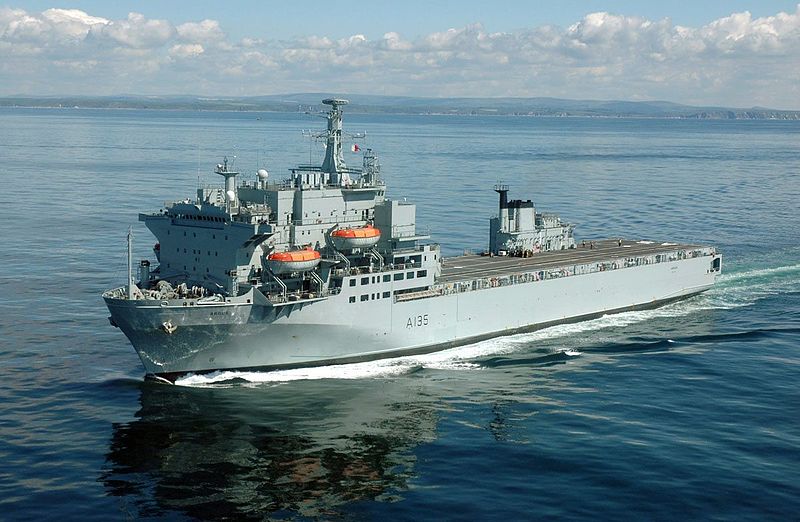Forgotten Weapons
Published 13 Dec 2021http://www.patreon.com/ForgottenWeapons
https://www.floatplane.com/channel/Fo…
Cool Forgotten Weapons merch! http://shop.forgottenweapons.com
After the British adopted the FAL as the L1A1 rifle, there was still an interest in converting stocks of existing No4 Enfield rifles to the new 7.62x51mm cartridge for reserve and training use. A conversion system was developed using a new barrel, bolt, and magazine — although the Sterling company was doing much the same thing at the same time and intellectual property lawsuits would close the project for nearly 10 years. By the time the lawsuits cleared up, it had become clear that the rifles were neither particularly successful nor particularly necessary anymore. The problem the British has was one of accuracy — the 7.62mm version just wasn’t sufficiently accurate. A thousand were sold to Sierra Leone, and a few more used in New Zealand and by cadet organizations in the UK, but the project was basically a failure.
Contact:
Forgotten Weapons
6281 N. Oracle 36270
Tucson, AZ 85740
April 18, 2022
7.62mm Rifle L8: The Last Gasp of the Service Lee Enfield
October 13, 2014
The Royal Navy’s “weirdest” ship
David Axe on what he describes as the weirdest ship in the Royal Navy:

Royal Fleet Auxiliary vessel RFA Argus pictured supporting Operation Herrick in Afghanistan (via Wikipedia)
The British Royal Navy is deploying the auxiliary ship RFA Argus to Sierra Leone in West Africa in order to help health officials contain the deadly Ebola virus.
If you’ve never heard of Argus, you’re not alone. She’s an odd, obscure vessel — an ungainly combination of helicopter carrier, hospital ship and training platform.
But you’ve probably seen Argus, even if you didn’t realize it. The 33-year-old vessel played a major role in the 2013 zombie movie World War Z, as the floating headquarters of the U.N.
[…]
The 575-foot-long Argus launched in 1981 as a civilian container ship. In 1982, the Royal Navy chartered the vessel to support the Falklands War … and subsequently bought her to function as an aviation training ship, launching and landing helicopters.
Argus’ long flight deck features an odd, interrupted layout, with a structure — including the exhaust stack — rising out of the deck near the stern.
Weirdly, the deck’s imperfect arrangement is actually an asset in the training role. Student aviators on Argus must get comfortable landing in close proximity to obstacles, which helps prepare them for flying from the comparatively tiny decks of frigates and other smaller ships.
August 13, 2014
Pessimism from the Rational Optimist
Matt Ridley is somewhat uncharacteristically concerned about the major Ebola outbreak in west Africa:
As you may know by now, I am a serial debunker of alarm and it usually serves me in good stead. On the threat posed by diseases, I’ve been resolutely sceptical of exaggerated scares about bird flu and I once won a bet that mad cow disease would never claim more than 100 human lives a year when some “experts” were forecasting tens of thousands (it peaked at 28 in 2000). I’ve drawn attention to the steadily falling mortality from malaria and Aids.
Well, this time, about ebola, I am worried. Not for Britain, Europe or America or any other developed country and not for the human race as a whole. This is not about us in rich countries, and there remains little doubt that this country can achieve the necessary isolation and hygiene to control any cases that get here by air before they infect more than a handful of other people — at the very worst. No, it is the situation in Liberia, Sierra Leone and Guinea that is scary. There it could get much worse before it gets better.
This is the first time ebola has got going in cities. It is the first time it is happening in areas with “fluid population movements over porous borders” in the words of Margaret Chan, the World Health Organisation’s director-general, speaking last Friday. It is the first time it has spread by air travel. It is the first time it has reached the sort of critical mass that makes tracing its victims’ contacts difficult.
One of ebola’s most dangerous features is that kills so many health workers. Because it requires direct contact with the bodily fluids of patients, and because patients are violently ill, nurses and doctors are especially at risk. The current epidemic has already claimed the lives of 60 healthcare workers, including those of two prominent doctors, Samuel Brisbane in Liberia and Sheik Umar Khan in Sierra Leone. The courage of medics in these circumstances, working in stifling protective gear, is humbling.






